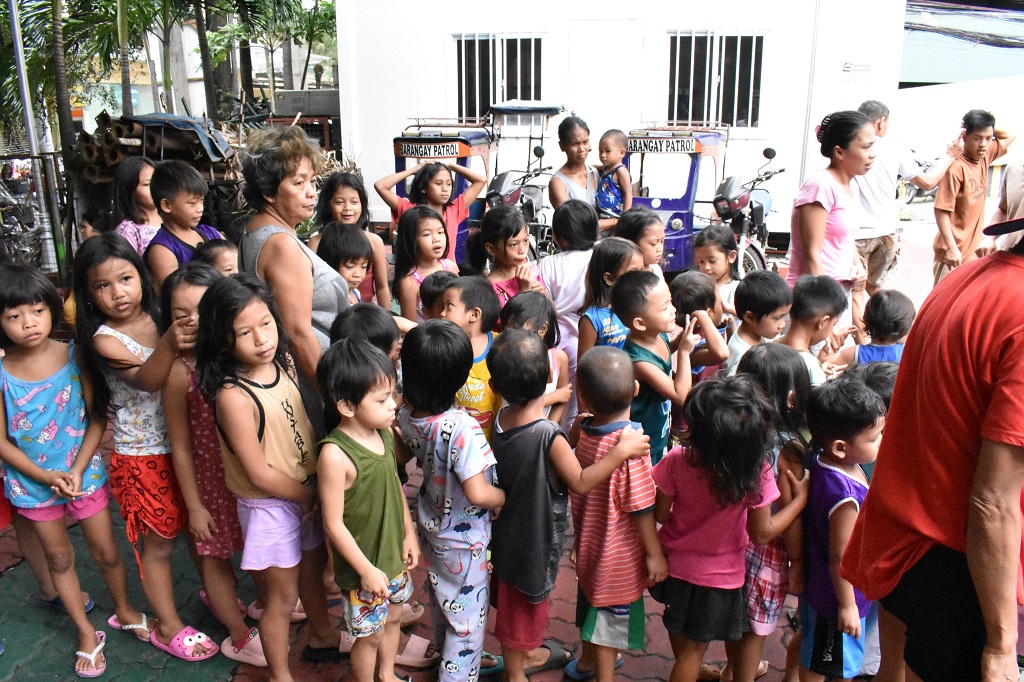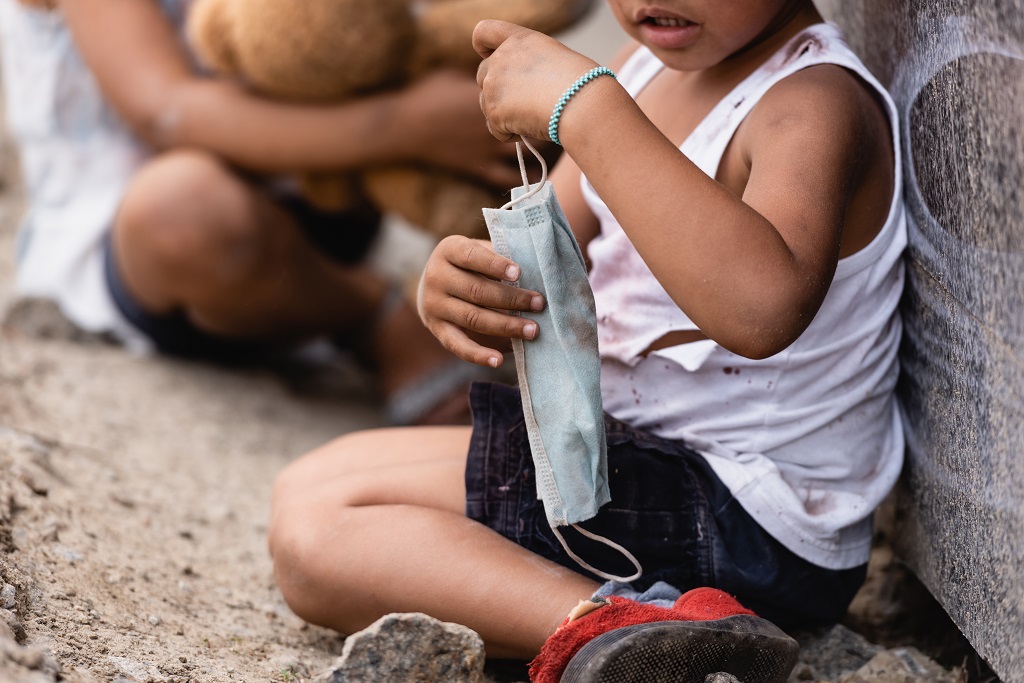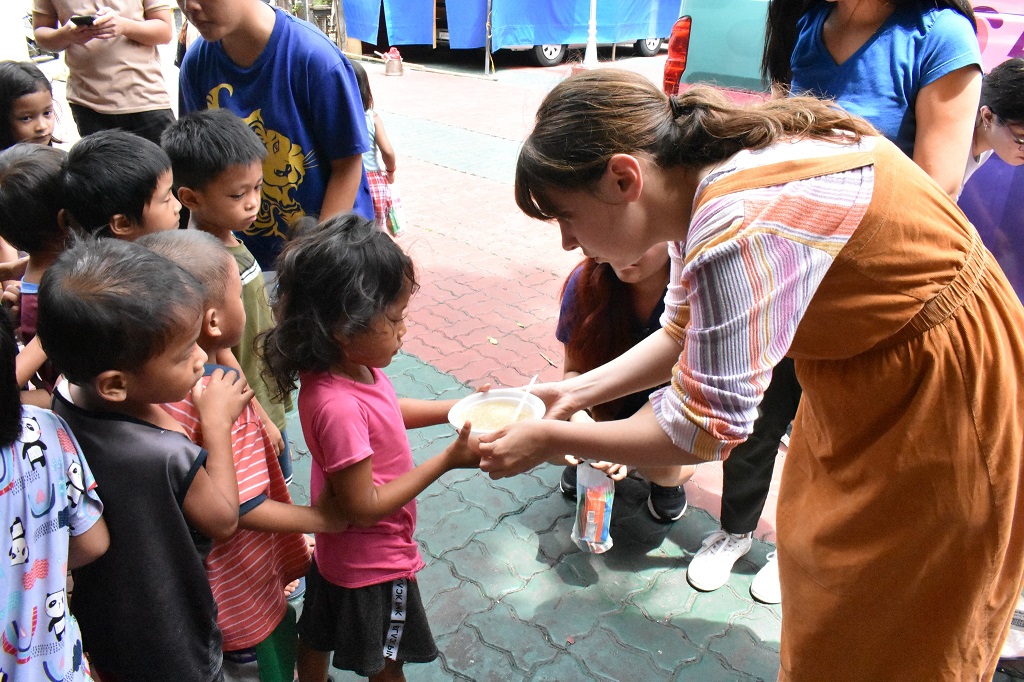Children are the future of any nation. But sadly, in the Philippines, a huge number of children in poverty is staggering. Knowing the depth of this issue is crucial in order to take meaningful steps toward breaking the cycle. In this blog, we’ll delve into the root causes and the profound impact of children poverty in the Philippines. Also, we’ll explore ways to help them live a brighter and more hopeful future.
How Many Filipino Children Live in Poverty?
Based on the latest reports, the extent of child poverty in the Philippines is concerning. The Philippine Statistics Authority’s 2021 data says that about 19.3% of Filipino children under the age of 18 find themselves living below the poverty line. This alarming figure, as confirmed by UNICEF, means that millions of young lives are grappling with the harsh realities of the country.
In addition, according to BusinessWorld, a recent UN report reveals that as many as 5 million Filipino children lived in extreme poverty in 2022. This compels the urgent need for full efforts to address this pressing issue. This also prevents children from enjoying their basic rights. Lastly, it hinders their development, leading to the cycle of poverty.

What are the Causes of Child Poverty in the Philippines?
Knowing the root causes of child poverty is crucial to address this issue. Factors that contribute to this sad reality include:
Limited Access to Health Care
In many poor areas, access to basic healthcare remains a dire challenge. Families deal with lack of clinics, which translates to untreated illnesses. Moreover, hunger is a common concern among these children affecting their growth and health.
Lack of Access to Quality Education
A large number of children in poverty faces many obstacles about quality education. These barriers include subpar school rooms, lack of school supplies, and transportation issues. Thus, many of them cannot enroll in schools which could help them achieve a better future.
Work and Low Wages
Parents in poor areas often find themselves trapped in a poor work conditions or low-wage jobs. Finding stable jobs with decent wages remains a constant struggle. This trouble makes it even harder for these families. They can’t give their children what they really need.
Unfair Resource Distribution
Some places in the country don’t have as much money and chances for kids. This makes children in poverty unable to better their situation. These places struggle with not having enough jobs, which affects how kids live and what they can do.
Natural Disasters and Conflict
The Philippines is prone to natural disasters and conflicts, which can affect poor areas. Displaced families, halted education, and damaged houses further hinder the kids’ prospects. These factors can also expose them to higher risks of poverty.
Learning this chain of factors is crucial for making a plan that aimed to address child poverty in the country. By tackling these root causes, we can work towards creating a brighter future for the country’s youth.

Effects of Poverty on Children’s Education
Poverty considerably affects a child’s learning. It makes it harder for them to do well in school and grow up in a good way. These are the ways children in poverty are affected:
Limited Access to Proper Nutrition
Malnutrition is a big issue among children in poverty. The lack of access to healthy food not only risks their physical health, but also stunts their mental skills. Because of this, their ability to learn and perform in school can be slower. This food deficit creates a tough barrier to their school success.
Inadequate Educational Resources
Not enough access to vital school supplies such as books, pens, and gadgets poses a major hindrance to a child’s learning journey. Without these needed resources, children struggle to engage well with their studies and may fall behind their peers.
Elevated Dropout Rates
Economic pressures often force children from poor backgrounds to make heart-wrenching decisions. Some are compelled to drop out of school in order to contribute to their family’s income. This premature departure from formal education severely limits their future prospects and perpetuates the cycle of poverty.
Psychological Impact
Kids dealing with poverty often feel really stressed and worried. They have a tough life at home and struggle in school, which makes them even more stressed, anxious, and not confident. These feelings make it hard for them to think on their school works and be happy.
By really knowing these big effects, we can make specific plans and systems to help poor kids become better. Supplying the vital assets, backing, and chances, we can enable them to conquer these hurdles and tap into their complete skills.
How to Help a Child in Poverty?
Helping children in poverty is something we can all do together. Here are some important ways you can help:
- Support NGOs. Groups like Childhope Philippines work hard to make life better for poor kids. They give them important things like healthcare, education, and programs in the community.
- Sponsor a child. There are programs that let people like you support a child. This helps with their education, healthcare, and overall wellness.
- Speak up for better policies. Show your support for rules and plans that can lessen child poverty. This way, kids can have better access to education and healthcare.
- Donate supplies. Provide essential items like school supplies, clothing, and hygiene products to organizations that distribute them to children in need.
- Spread awareness. Share knowledge about children poverty in the Philippines, along with the ways to help on social media or in your area. Awareness can lead to increased support and resources for those in need.

Help the Children in Poverty for a Bright Future
Breaking the cycle of child poverty in the Philippines is an urgent and basic task. By supporting groups like Childhope Philippines, we can provide children with the resources and opportunities they need to thrive. Our team aims to provide help for children in poverty with the vital resources. This includes value education and complete healthcare they need to not only survive, but to thrive. Through our combined efforts, we can be the reagents for positive change.
As an NGO, it is our advocacy to ensure that no child is left behind in the pursuit of a better life. Join us in seeing it come to fruition, every child with a fighting chance toward a brighter, more hopeful future. Contact us to know how we can work.
